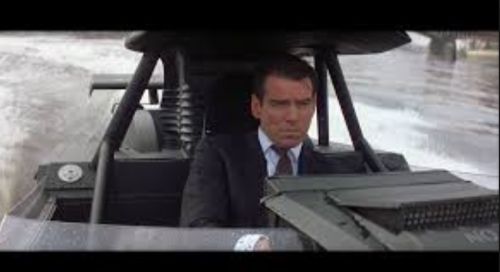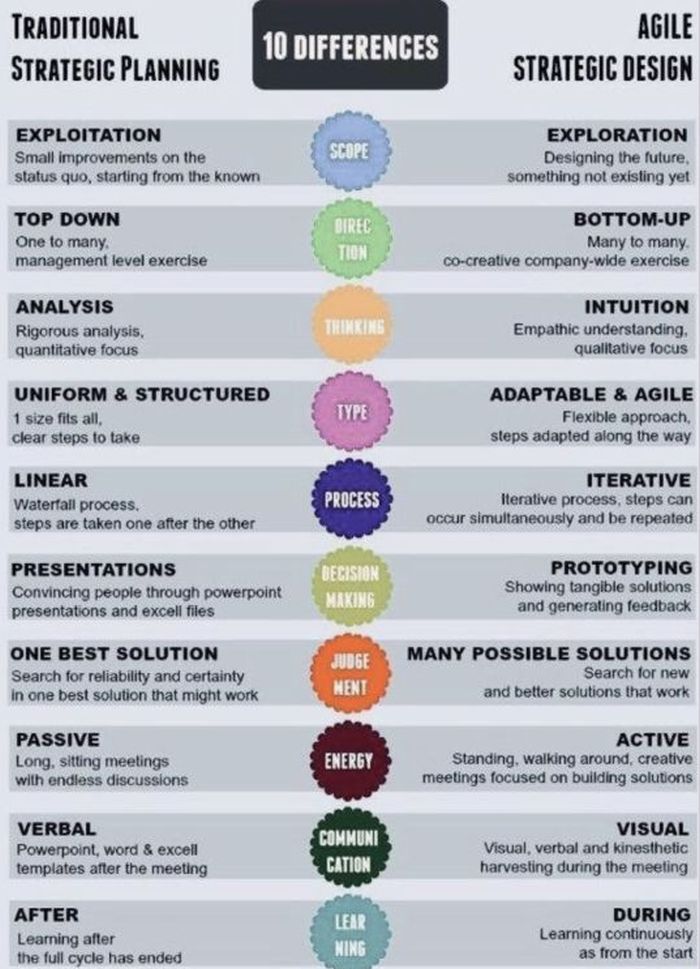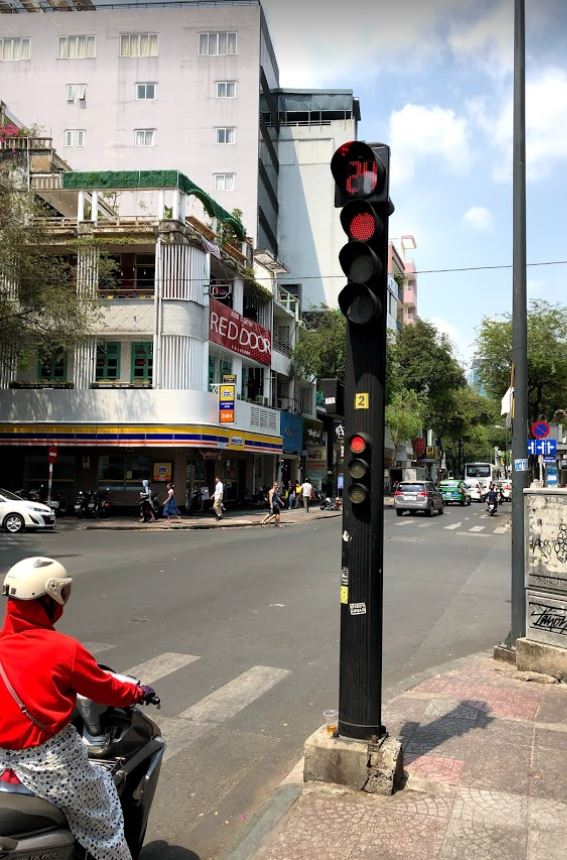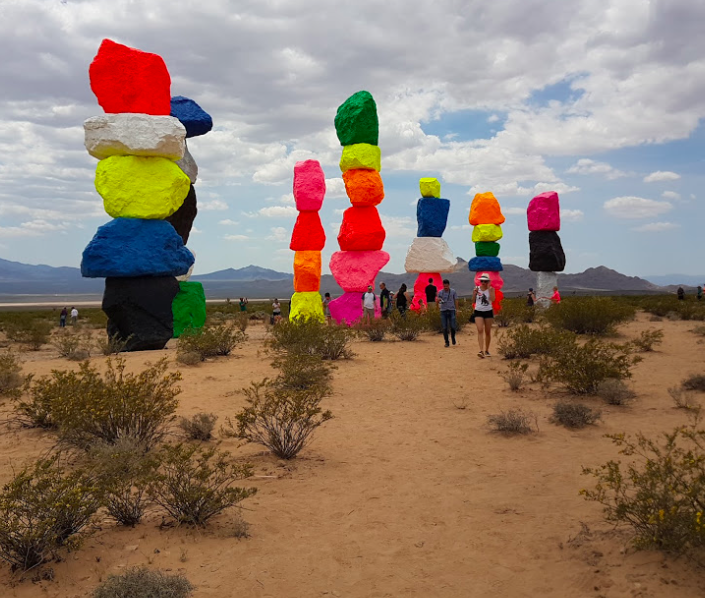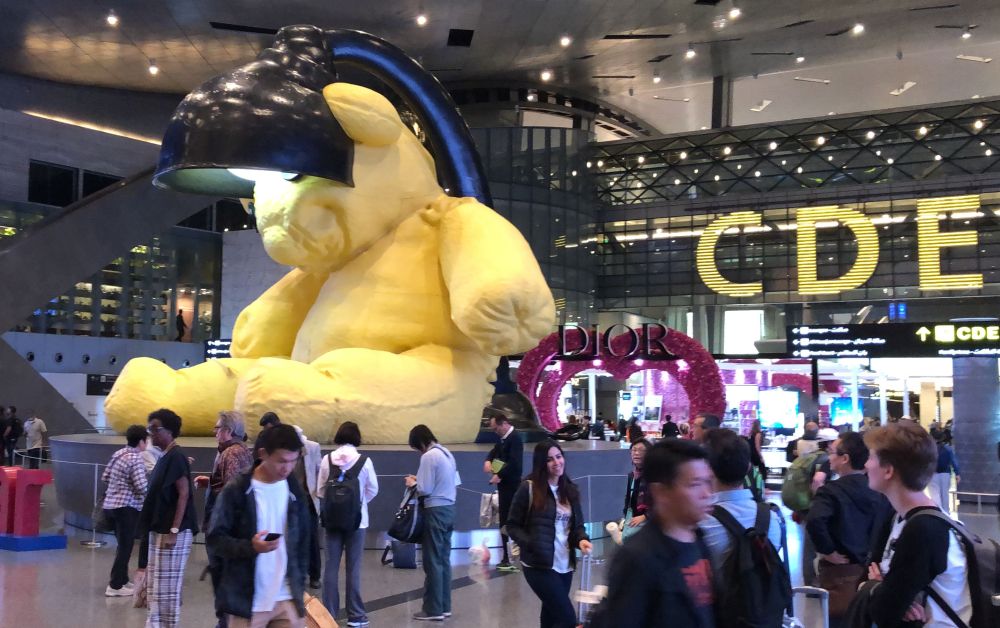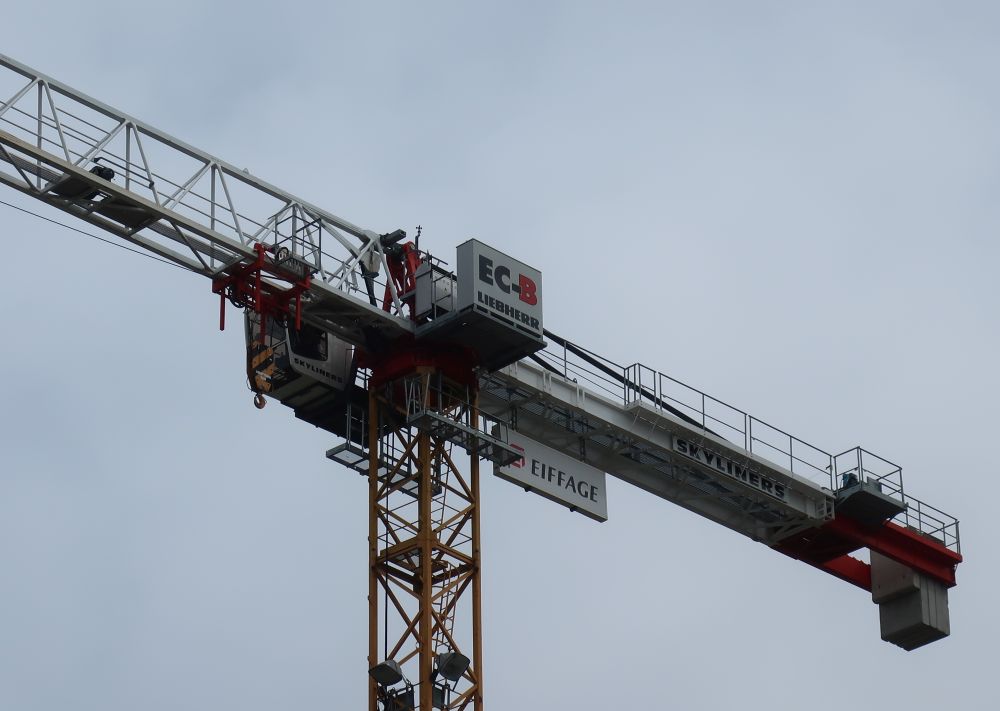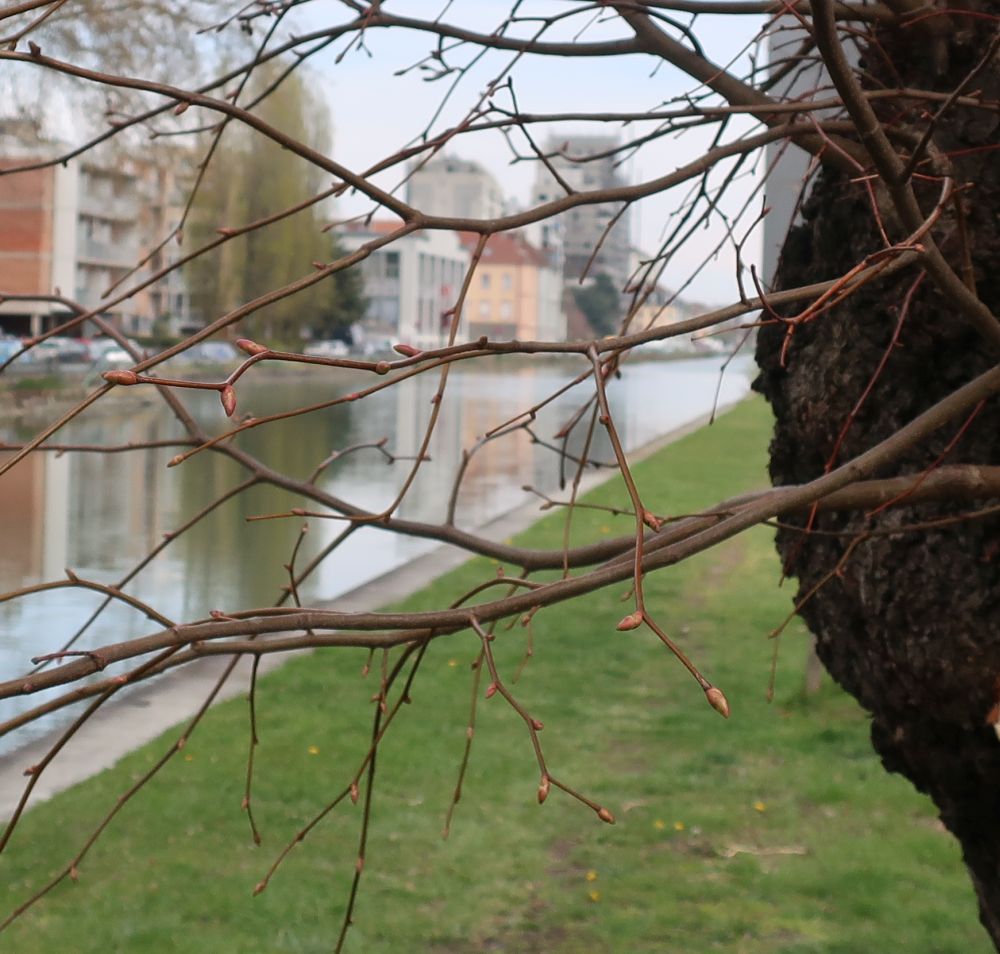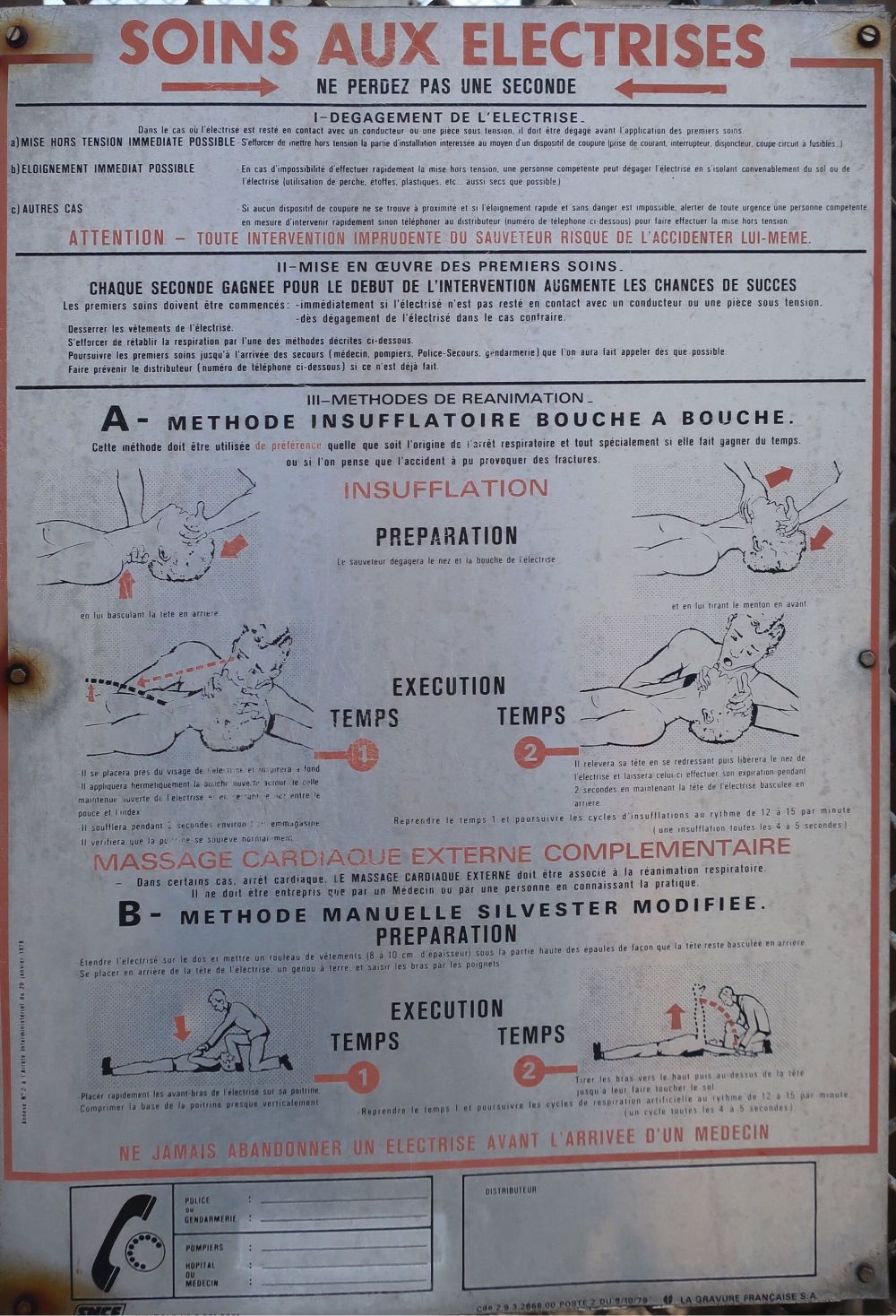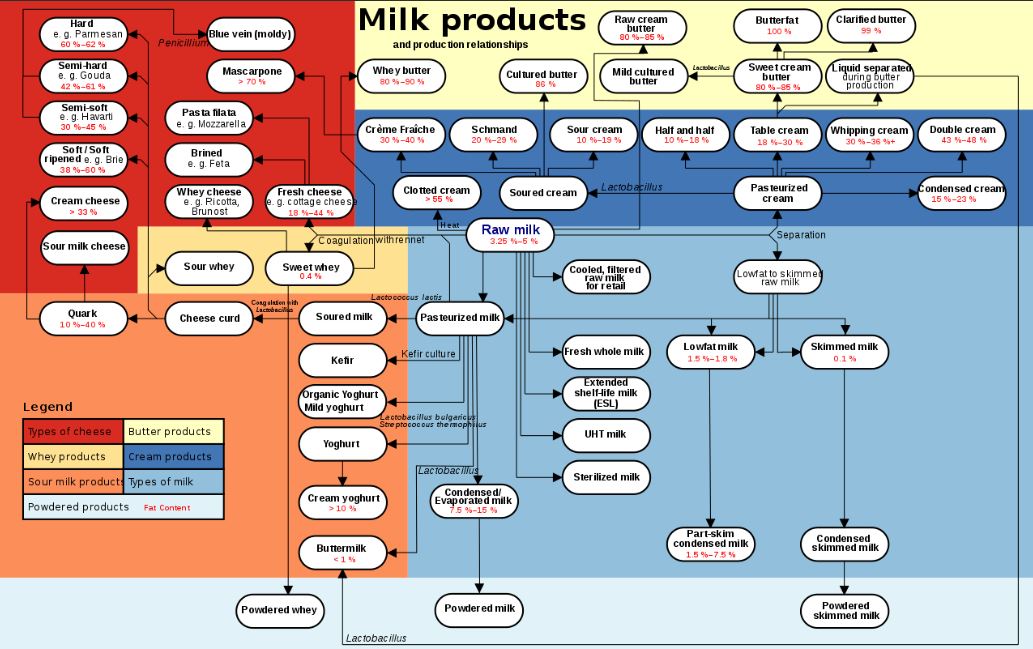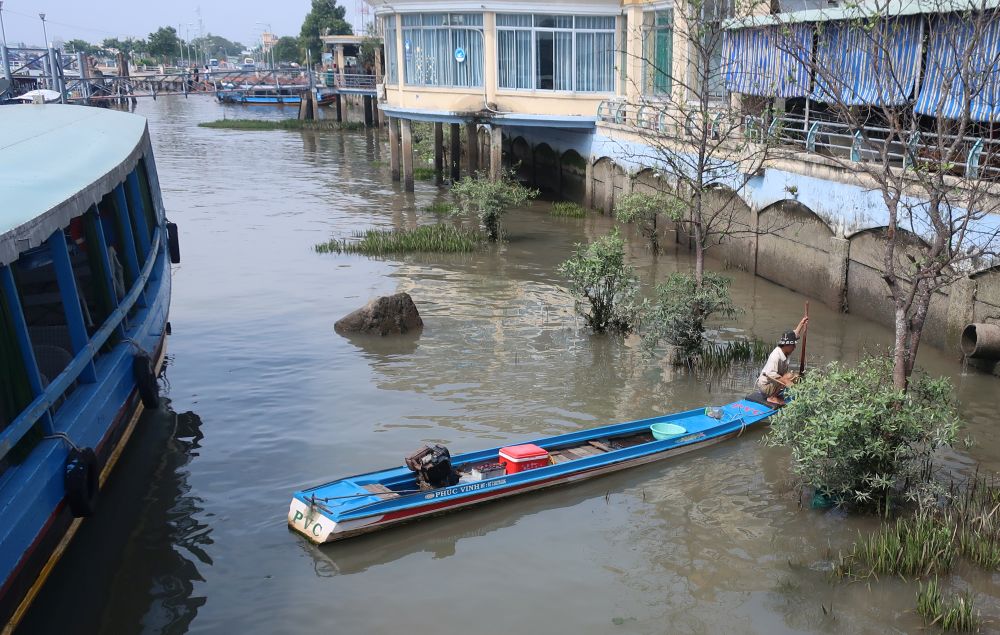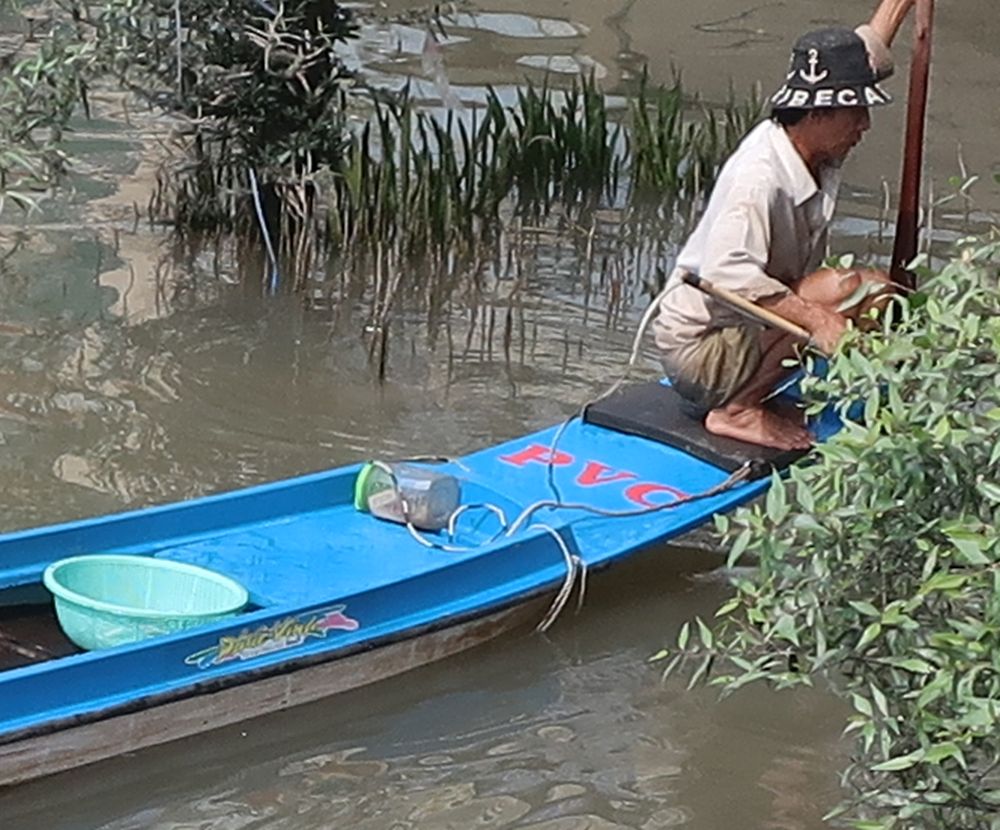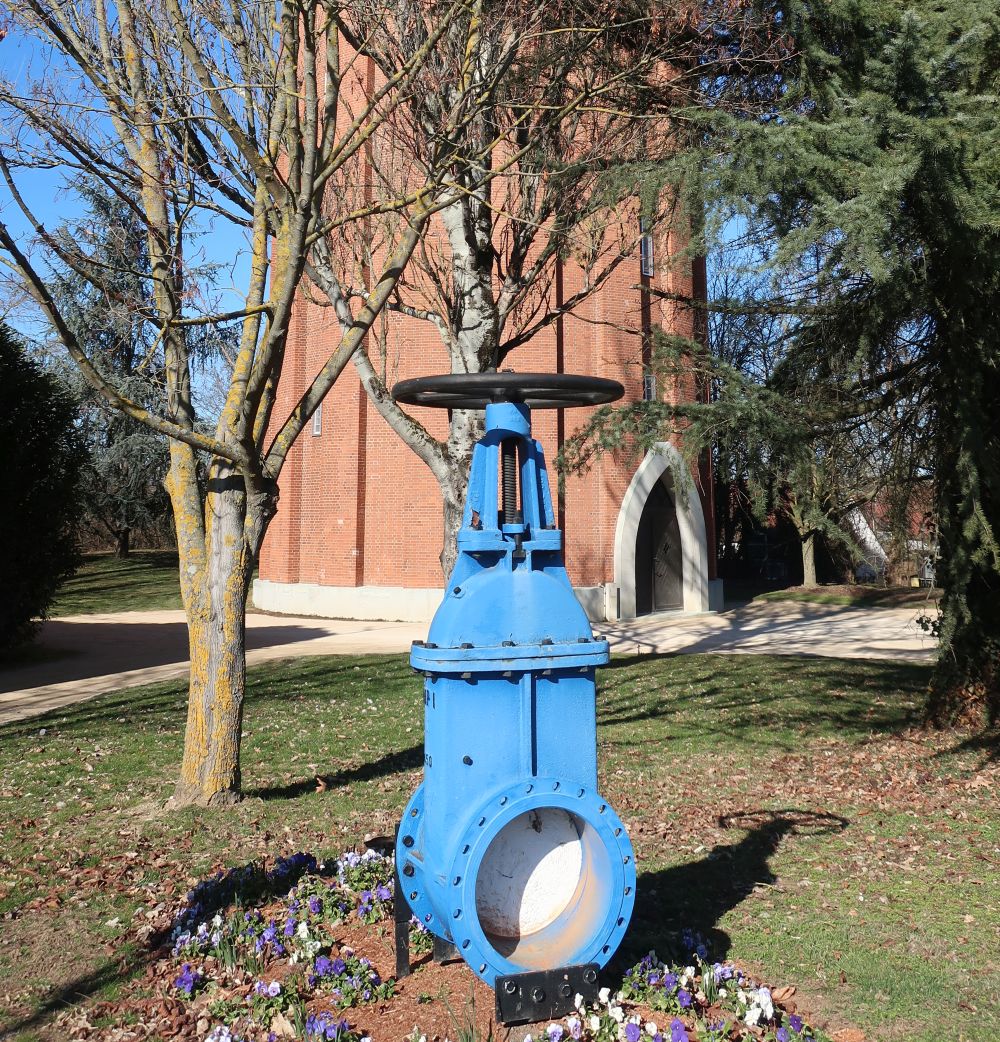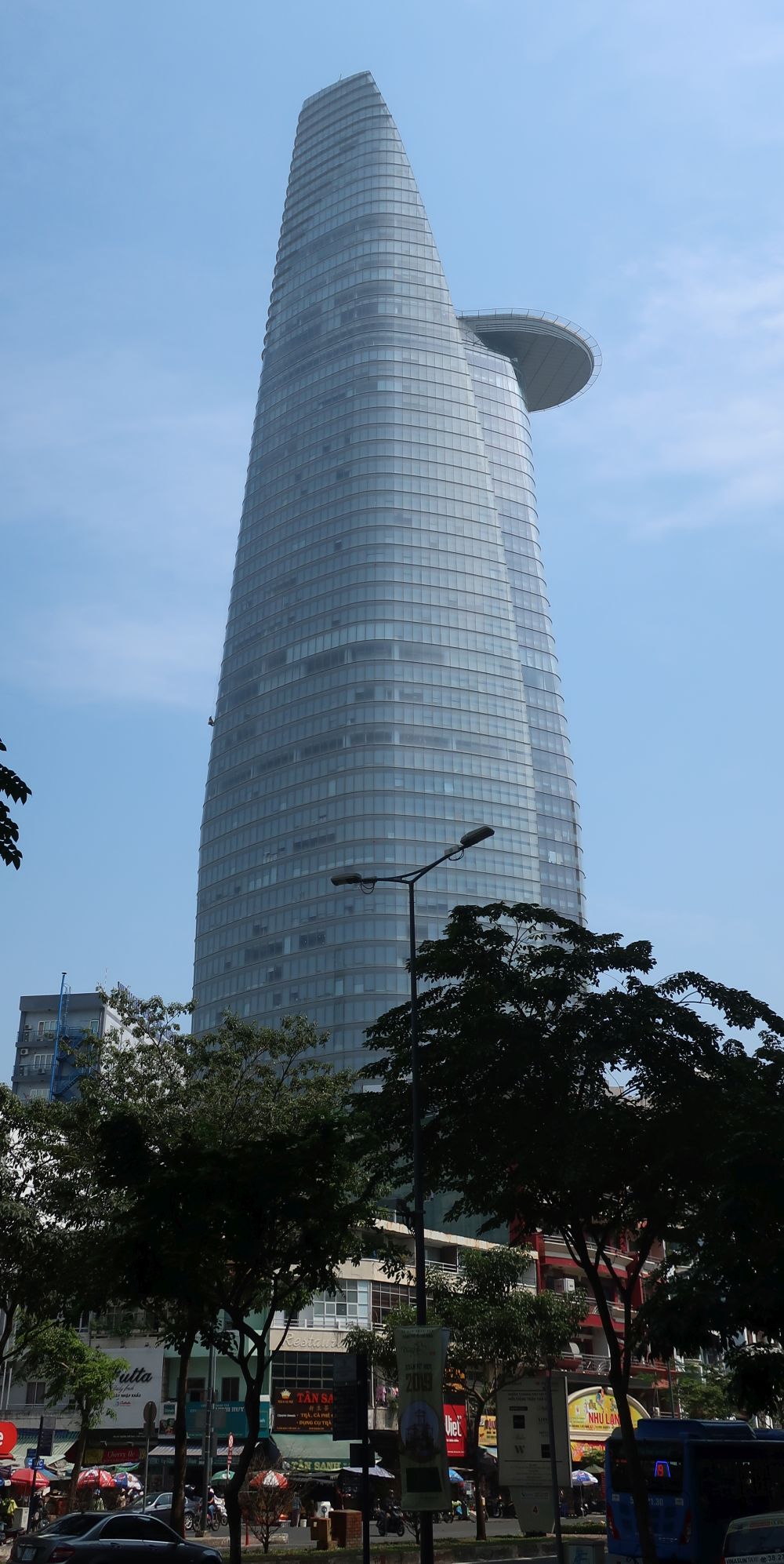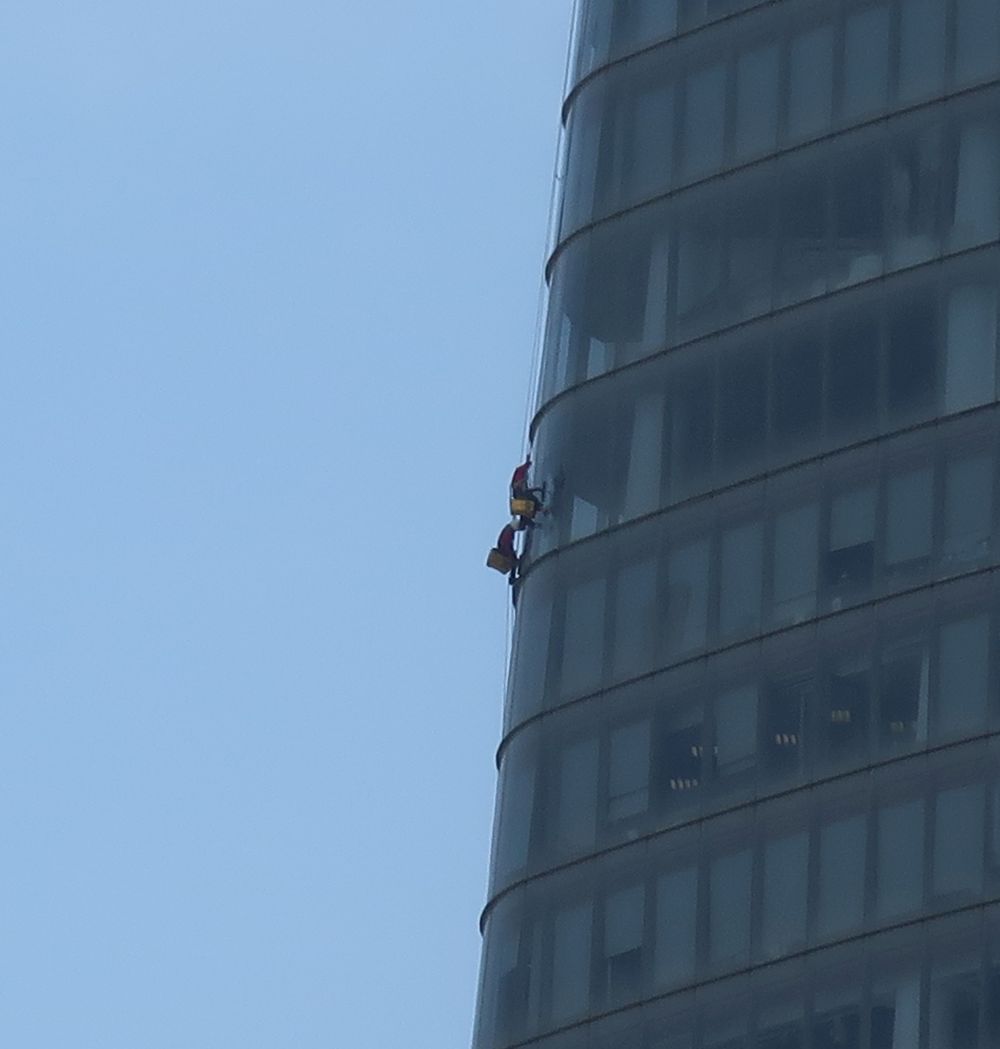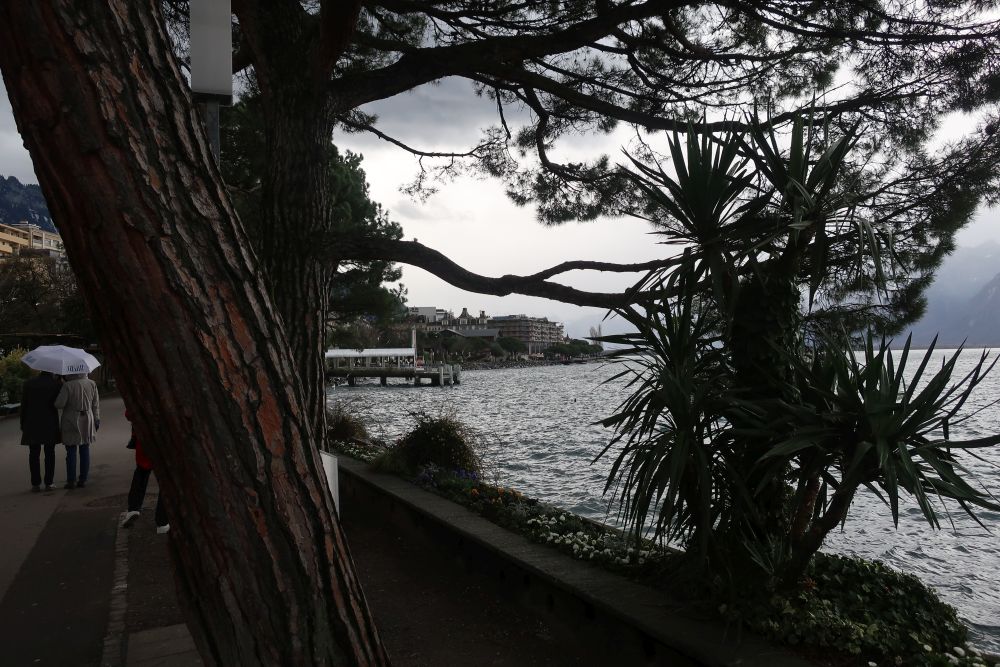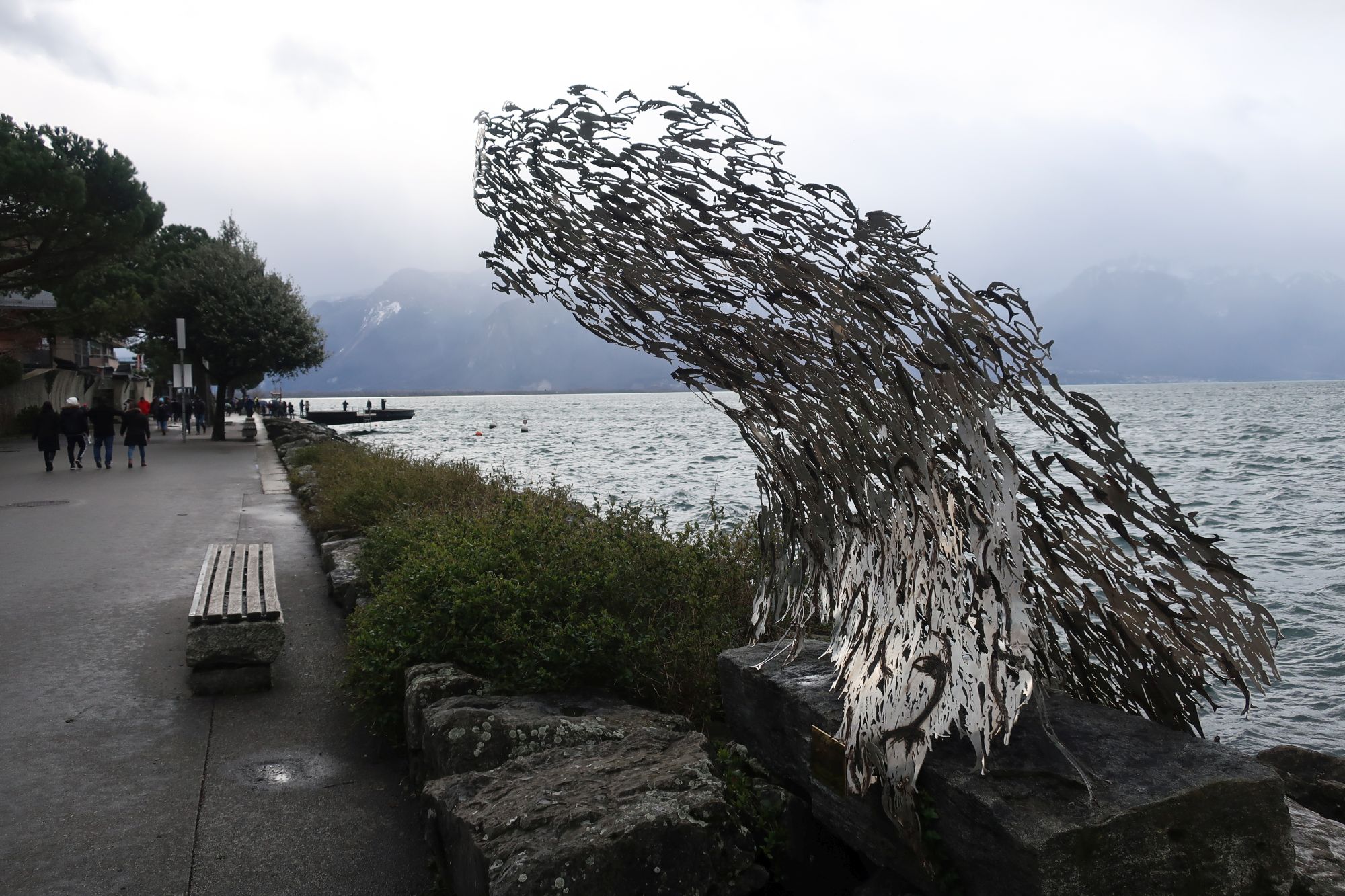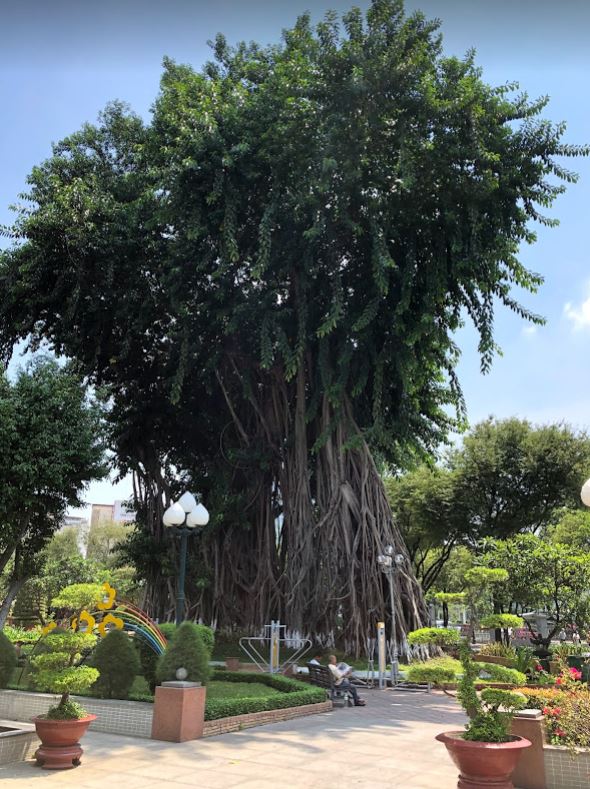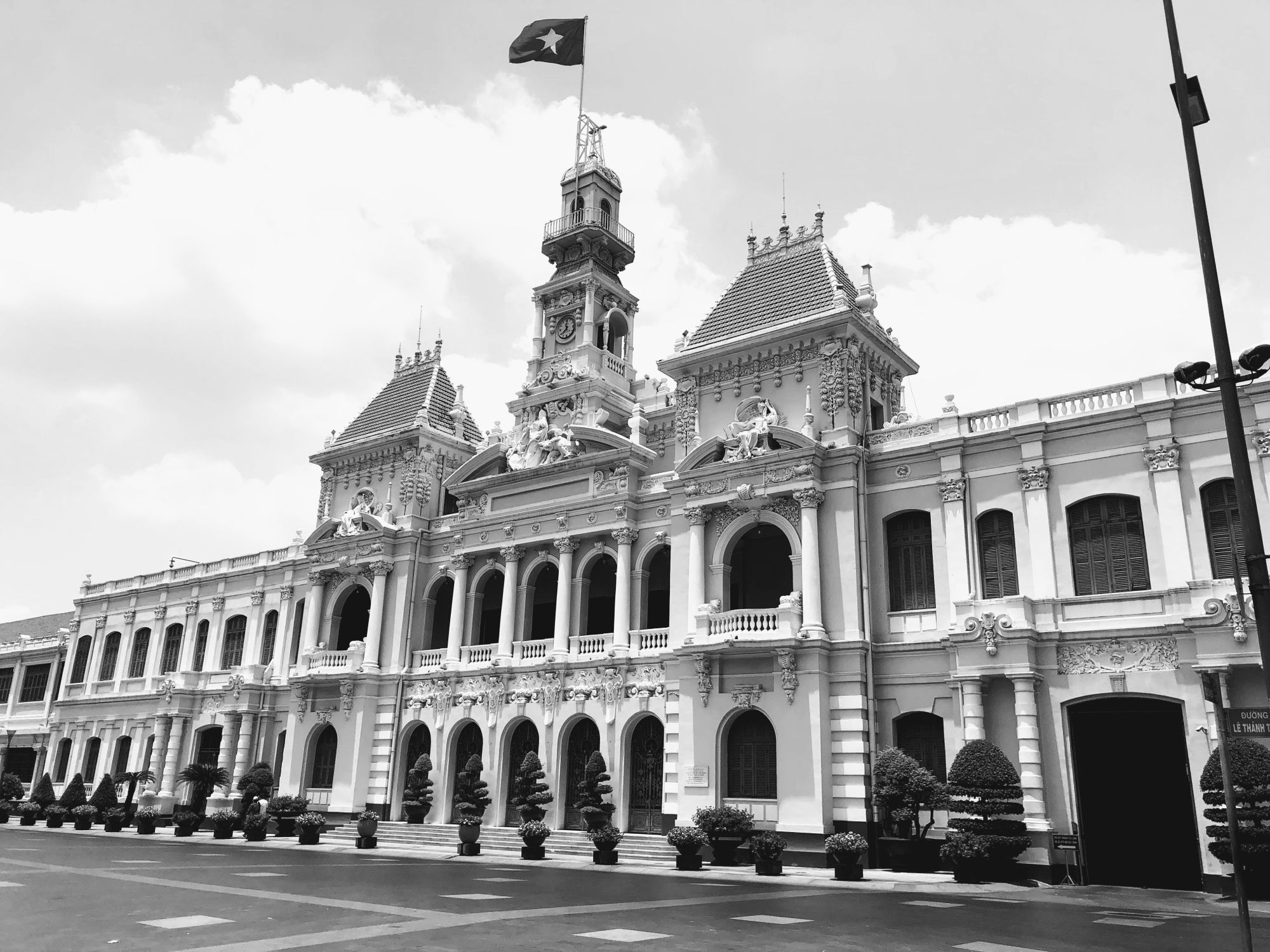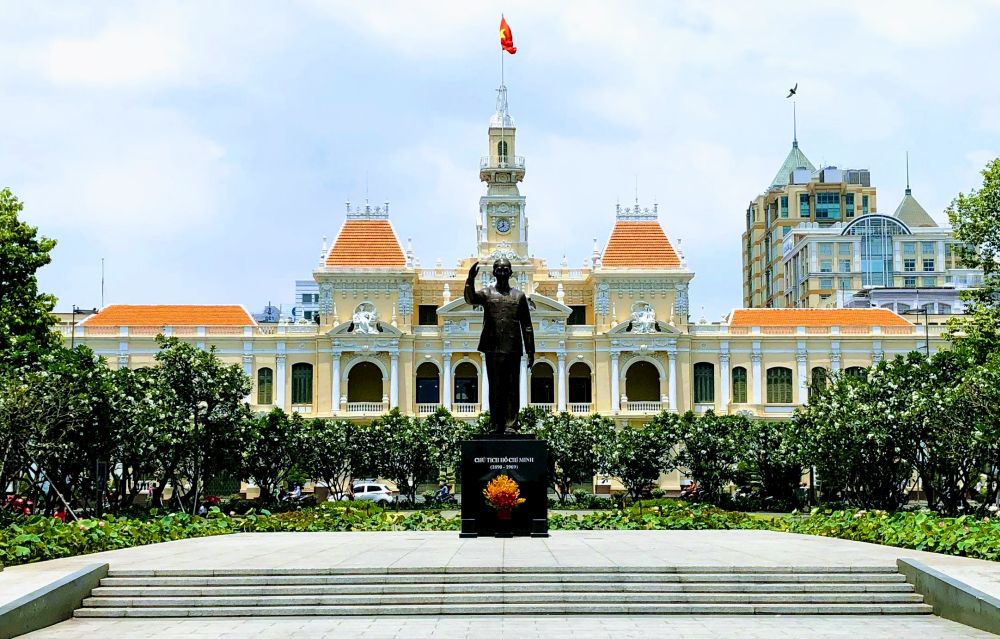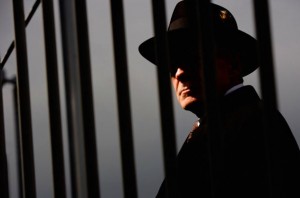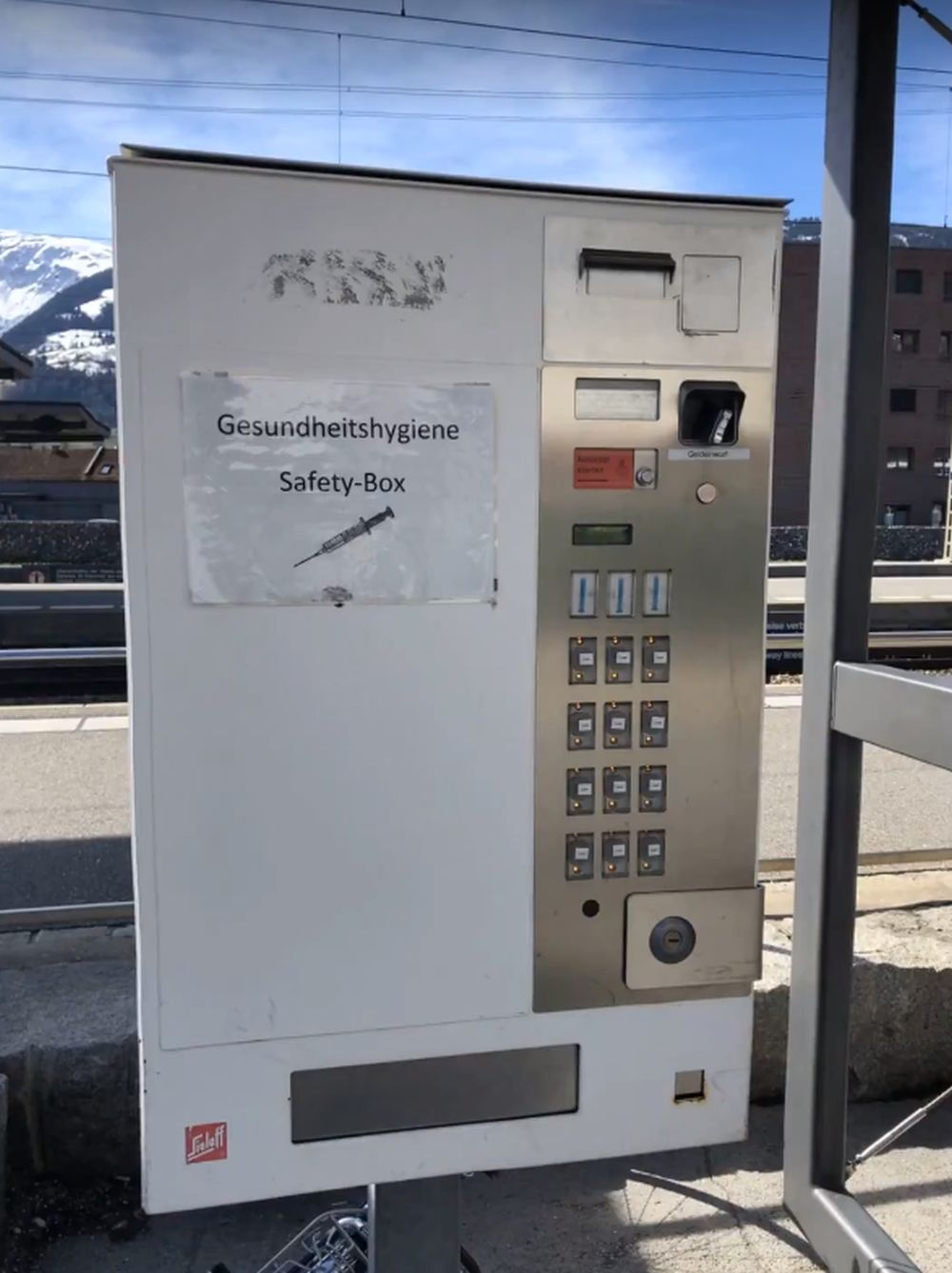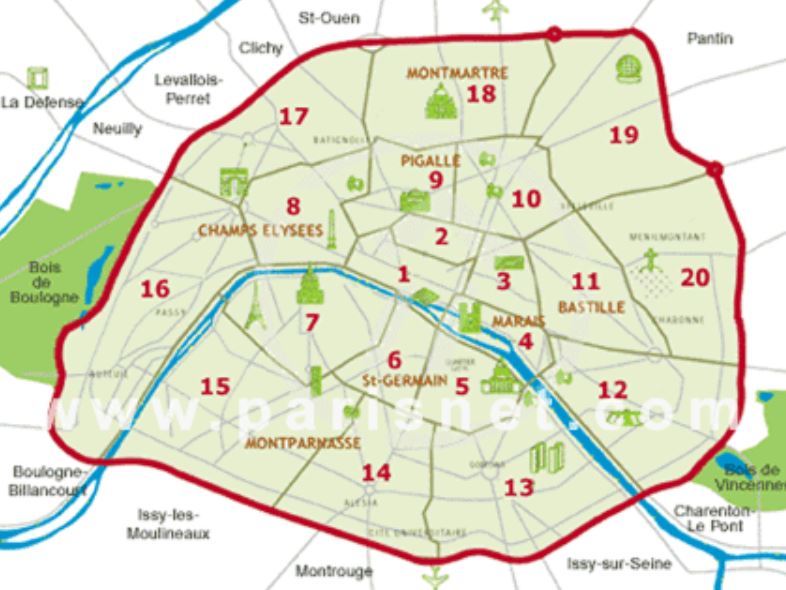Month: April 2019
British Intelligence – just letting me know that they know
British Intelligence, also known as MI6, recently gave me a call on my mobile phone! In case you are wondering why they would do this, here’s the story.
In one of the last James Bond movies to star Pierce Brosnan, The world is not enough, James Bond blasts out of the MI6 building on the Thames River in London on a high speed boat,
So on a recent trip to London I was eager to see the real building, which is located in the center of London on the Thames River at a place called Vauxhall Cross. Since there were no “do not photograph” signs I walked all around the building and took lots of snaps! And . . . I was able to confirm my sneaking suspicion: it turns out that the building is set so far back from the Thames that it would have been impossible for James Bond to blast out and land in the river.
It’s a pretty impressive building from the side:
And it’s even a bit more impressive from the front:
Anyway, I was so impressed that I texted a snap to my father on my Swiss mobile phone.
I think that was the magic moment that set everything into motion, the text message to my Dad.
About 2 minutes later I received a call. We don’t need to go into details, essentially one of the worst Swiss German accents I’ve ever heard. I think the main point was just to let me know that they knew. And by the way, I’m also guessing that they really didn’t know: I’ve had a number of run-in’s and encounters with real spies in my life (one of whom remains a very good friend, and one a Russian KGB officer who taught me how to make pickled cabbage), so I’m very sure if they looked in the right databases I would have been speaking to them face-2-face.
Of course, it piqued my curiosity as to the history of this place (Vauxhall Cross, not the MI6 building). It dates back to the 13th century to a man named Faulkes who had a big house in this area. People called the house Faulke’s Hall which eventually morphed into Fox Hall which eventually then became Vauxhall.
Making nonsense without content look good
At first glance, this graph I spotted on LinkedIn looked pretty interesting and worthwhile:
Appearances can be deceiving, because when you begin to read the entries, you realize just how much nonsense they contain. My favorite is the traditional “energy” that is described as “long, sitting meetings with endless discussion.” Yeah, right.
Amazing things visitors to Las Vegas never see!
Zillions of tourists come here every year – but they spend their time on The Strip and they never see some of the wonders that Las Vegas has to offer.
More or less in the center of this sprawling city is a small public park called The Springs Preserve with various hiking trails, and the park tries to re-create the native Las Vegas desert landscape that was here before humans settled the area – or better put, as humans first started to settle this area.
One of the amazing things you’ll see are a few ancient water pumps like this one shown here. This is not a reproduction! In fact, these pumps are over 100 years old, and WATER was the original reason that Las Vegas got its start.
French influence – or just a good idea?
Saigon is a frustrating place for me in many ways. Knowing the French history, as I walk through Saigon my eyes are drawn towards French-looking things, and I ask myself whether they are coincidences – such as a coffee shop with a French name, named so only because it sounds posh, as this example shows with two such French-named coffee shops next to each other:
or truly part of the French legacy (such as the system of Arondissments used to district the city).
Here is a case in point:
As I’ve written about before, French traffic signals are some of the best design traffic signals in the world. Is this just coincidence, or a vestige of the French legacy? Here is a similarly looking traffic signal in France,
No excuses – just plain ugly
I love Switzerland! I moved here years ago, and I’ve never looked back. The people – the culture – the various dialects of a language known as Alemannic (a more evolved version of High German) – there are a lot of things to love!
I’ve also tried my best in this blog to showcase Swiss artists, such as this blog of Seven Magic Mountains shows:
Well, some things I’m not going to defend – or even try. Visitors from long haul flights arrival in Qatar tired and cramped and jet-lagged, and as they de-plane the last vestiges of their good spirits and energy are violently exterminated by a hideously ugly monstrosity that awaits them – a work of art so grotesque that it is worse (if you can believe it!) than the many cases of French bubble architecture:
This hideous monstrosity is called the Lamp Bear, and its the creation of a Swiss artist, whose name I will not mention to protect his reputation. After all – perhaps this was the result if his patrons refused to properly remunerate him.
The amazing thing is that this artist’s website is full of truly incredible visual art. Which perhaps goes to show you: unless you are Michaelangelo (and you probably aren’t because he is dead) then if you are a visual artist please don’t dabble in sculpture, much less Statue-of-Liberty scale sculpture.
Mulhouse crane
Continuing the series, this is a crane that I snapped in the French town of Mulhouse,
Canal buds
Modified Silvester Method
This is something you don’t see everyday!
Well, in fact, a sign like this giving basic instructions in CPR is probably something you do see everyday, such as this sign I saw in a train station in France:
But what you don’t see everyday is the part of the sign giving instructions in the use of the Modified Silvester Method:
I’d never heard about this before – so I looked it up. It is not a version of CPR (which affects the movement of blood) but rather artificial respiration (getting the lungs to inflate and deflate). I am not sure if this method is actually taught or encouraged anymore, and the date on the sign points to its age:
When Pulver is not really pulver
There is a small hamlet in the south of Alsace, France called Pulversheim. It is known for its abandoned potassium mines, which remain scattered across the landscape as this amazing, awe inspiring snap shows:
For a long time I thought the hamlet was probably a case of form after function: Pulversheim (or home to pulver) because of the potassium mine.
But nothing could be further than the truth!
It was not easy to research, but in fact the town was long in existance before the discovery of potassium, and it was named after Mr. Pulver.
Go figure!
The landscape of milk
I’m currently in a project where I am designing and documenting various IT architectures and landscapes: organizational, applications, infrastructure.
So while in this very “IT landscape frame of mind” I stumbled across this very interesting diagram on Wikipedia,
I think it’s just brilliant! I’ve always been interested in the vast number of milk products – even more so after living in Eastern Europe and Western Europe and seeing products (such as quark and saline cheese) that are not available in the U.S.
And it is wonderful that someone could classify all the milk products in this way, to create a very colorful and easy-to-understand visual taxonomy.
The amazing electric fishermen of Mỹ Tho at the Mekong Delta
The Mekong Delta has a magical name. Say it to any American, and it invokes powerful images from erstwhile conflicts. But the reality today is much different, as this snap shows:
Here we have an electric fisherman plying the waters with an electric fishing pole. He simply sweeps the electrically charged pole along the bottom and stuns any fish he might encounter. Unfortunately I was a tad late with my camera, but while I was there he pulled a huge one-meter-long eel from the Mekong River:
Basel Badischer Bahnhof
The Swiss city of Basel is something of an international enigma, since it sits within walking distance to no less than two countries (France and Germany) and a confederation (Switzerland). Here you will find not one train station, but two: the Swiss main train station operated by my former employer, the Swiss Federal Railways; and the Basel Badischer Bahnhof, opened in 1855 and operated by the German Federal Railways.
Mystery tower in Alsace
When you drive into this small Alsacian hamlet you can’t help but be overwhelmed by this stunning site – but upon closer inspection, there’s nary a sign in sight to tell you its history or what it does or when it was built:
But if you take a little walk around it you come to a an interesting work of art:
Keeping Bitexco clean and bug free
Here it is – this is it – the mighty Bitexco Building in downtown Saigon,
If you’ve got great peepers you’ll see a little spec on the left side of the building. Here’s a blow-up using my telephoto lens, showing the window cleaners hard at work in the intense, Saigon heat:
Montreux trees
Montreux art
Peepal tree in Ho Chi Minh City
Continuing the series, if I see a peepal tree somewhere, you can be sure I will take a picture of it. I found this one in Ho Chi Minh City,
Hôtel de Ville de Saïgon
Here he is – namesake of Thành phố Hồ Chí Minh
Ask Mr. Tradecraft – 3
Dear Mr. Tradecraft,
I landed an upcoming assignment beginning 6 weeks from today, but for reasons I can‘t mention, I‘ll need to disguise myself. Any advice? – Disguised Operator Needs Good Lessons from Experts.
Dear DONGLE, Cancel the contract. I won‘t operate with a different persona without a minimum 4 months solid prep time, 24×7. The hair, the clothes, the look, the speech – that‘s the easy bit. But the walk is the key. We all have our own natural walk, and learning to walk differently – to carry yourself differently – that‘s the hard bit. You’ll need a minimum of 4 months living the persona full time to develop the muscle memory, and to keep it throughout any stress situation.
Dear Mr. Tradecraft,
Ken has mentioned in his blog all the different areas you’ve worked in. What is the hardest and most challenging?– Secret Person Yearning
Dear SPY, The clandestine world has many specialties and sub-disciplines, but one stands far, far apart from the others: Cut-Out: getting a physical “thing” from Place A to Place B with absolutely, positively no trace-ability. Oh, I’ve dabbled in this from time to time, and I rarely turn down a straightforward contract. But for the big stuff – the political dossiers, the nuclear plans, the CD of videos showing CIA torture scenes – nothing less than a purebred, died-in-the-wool CU master will do. A top earner in this discipline easily earns fifty times what I bring down. But it takes decades of hard work and experience to get to this level. Today, there are only three well-known international, freelancing CU masters at this level. Four, if you count one in the Mossad.
Note from Ken: I’ve known him for years, but I never know when I’ll hear from him. Gladly, he’s back, not sure for how long, and I hope he has time to start emptying his mailbox.
After many decades, Mr. Tradecraft remains a much-sought-after operator for the most demanding contracts with governments, corporations, and private parties alike. He has over 30 years of international field experience that span the whole spectrum of clandestine services, from cut-outs, snatch-and-grabs, bag jobs, surveillance, to wet work — much of it spent in red zones. His retirement increasingly near, Ask Mr. Tradecraft is the pro bono way he gives back to the community. If you’d like to ask him a question, please submit it to Ken – but due to obvious reasons there may be a wait of many months before he can respond to your question.
Winterthur Crane – 2
Continuing the series,
Lake Geneva
To me, Lake Geneva is the most spectacular and breathtaking of all the Swiss lakes. It’s truly massive in size, and at least looking south into France from Switzerland it’s backstopped by some of the most awe inspiring Alps you can imagine.
Here is a panoramic shot of Lake Geneva, just north of Montreux and looking south:
The hypodermic dispensors of Switzerland
I’ve heard about them for years and years and years, but I only saw one for the first time at a train station in Sargans,
I tried to buy a syringe – as far as I know, anyone can buy one, and I really need something like that for cleaning out a fancy fountain pen that I have – but sadly the machine was empty when I tried.
The amazing Arondissments of Paris and Quận of Saigon
Saigon and Paris are very similar in one regard: the cities themselves are organized into numbered districts.
In Paris a district is called an Arondissment, there are a total of 20 of them, and the districts appear clockwise starting at the center:
In Saigon a district is called a Quận, there are a total of 19 of them, and although the districts start at the center, they are not as neatly clockwise as in Paris:
Why is Saigon similar to Paris? Does this have to do with the history of the French in Saigon? I suppose it does, but I don’t know the details.

